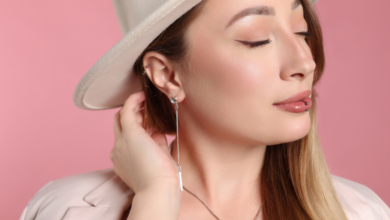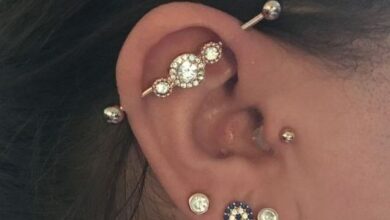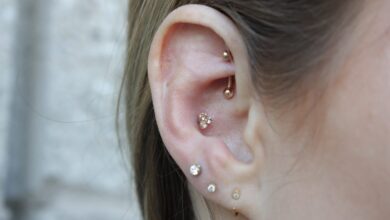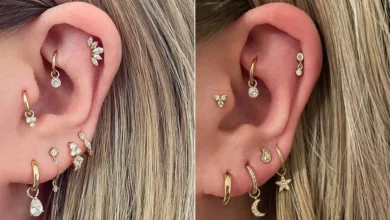
In this article, you’ll learn about the different options for jewelry when it comes to nose piercings. We’ll discuss the locations where you can place your nose piercing and the average cost of getting one. We’ll also dive into some important information about aftercare and how to minimize the risk of infection. Additionally, we’ll explore the various types of jewelry available for nose piercings and the pain level you can expect. So let’s get started and find out everything you need to know about nose piercings and the jewelry options available to you!
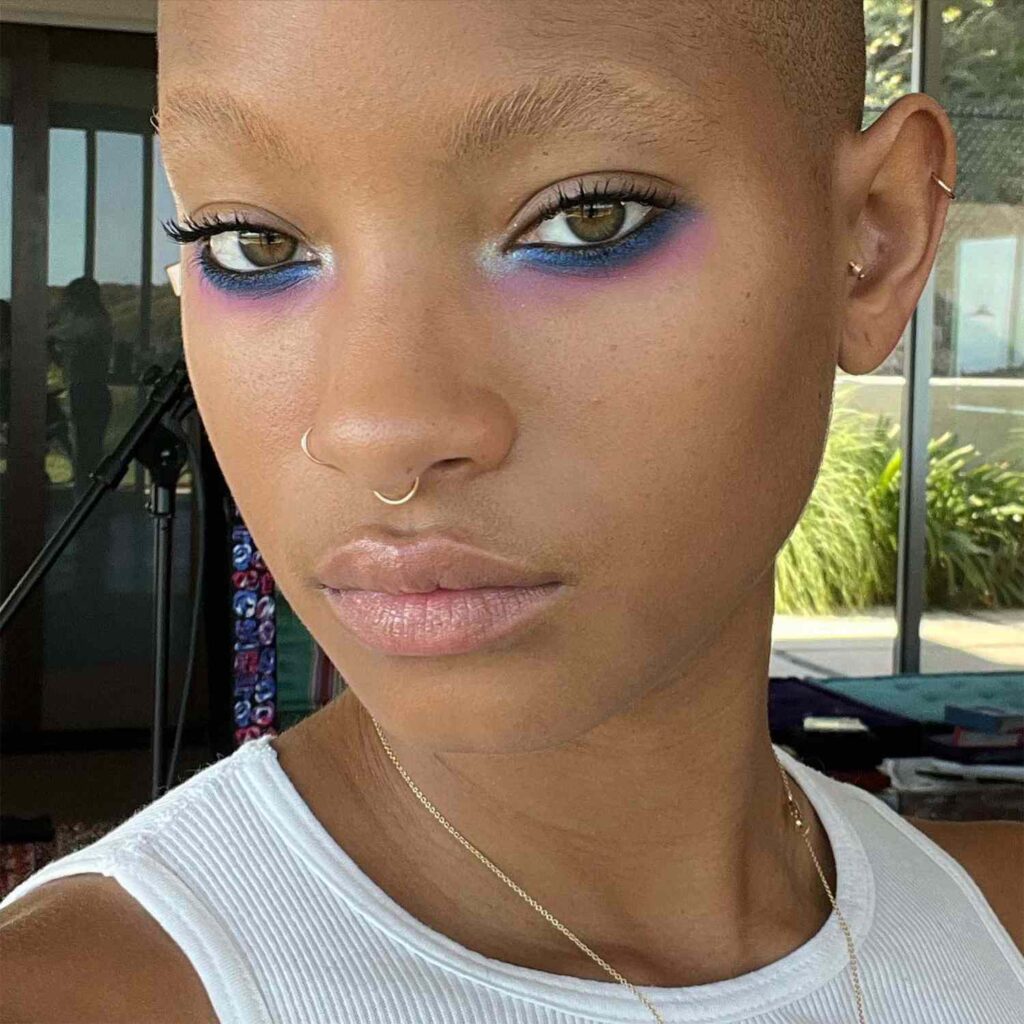
Different types of jewelry options for nose piercings
Nose piercings have become increasingly popular in recent years, with people adorning their noses with beautiful jewelry. If you’re considering getting a nose piercing or if you already have one, you may be wondering about the different types of jewelry options available to you. Well, you’re in luck! In this article, we will explore the various types of nose jewelry that you can choose from to make a statement and express your unique style.
Location options for nose piercings
Before we dive into the world of nose jewelry, let’s briefly discuss the different locations where you can get a nose piercing. The most common location is the nostril, where a tiny hole is pierced through the side of the nose. However, there are also other options such as the septum, which is the cartilage that separates the nostrils, the bridge, which is the ridge of tissue on the upper part of the nose, and the third eye, which is located between the eyebrows. Each location offers its own unique look and can be customized with the right jewelry.
Cost of nose piercings
When it comes to the cost of a nose piercing, it’s important to consider both the initial piercing and the cost of the jewelry. On average, a nose piercing can cost between $25 and $30 for the piercing itself. This price may vary depending on the location and the expertise of the piercer. However, keep in mind that this cost does not include the price of the jewelry. Nose jewelry can range in price from as low as $5 to several hundred dollars, depending on the material and design. It’s always a good idea to discuss the cost of the piercing and the jewelry with your piercer before getting the procedure done.
Cleaning and infection prevention for nose piercings
Once you have your nose piercing, proper cleaning and infection prevention are crucial to ensure proper healing and minimize the risk of complications. The nose can be a breeding ground for bacteria, so it’s important to keep the piercing clean at all times. To clean your nose piercing, you can use a saline solution or a sea salt soak. Simply mix a solution of warm water and salt, and gently clean the area twice a day using a cotton swab or a clean cloth. Avoid using harsh antibacterial soaps or alcohol-based products, as these can irritate the piercing and delay the healing process.
Recommended materials for nose jewelry
When it comes to choosing the right jewelry for your nose piercing, it’s important to consider the material. Some people may be allergic to certain metals, so it’s recommended to use materials such as titanium or implant-grade steel, which are hypoallergenic and less likely to cause an allergic reaction. Avoid using cheap, low-quality jewelry made from nickel or other irritants, as these can cause discomfort and increase the risk of infection. It’s also a good idea to choose jewelry that is smooth and doesn’t have any sharp edges or rough surfaces that can irritate the piercing.
Types of jewelry for nose piercings

Now, let’s explore the exciting world of nose jewelry! There are many different types of jewelry that you can choose from to add some flair to your nose piercing. Here are some popular options:
- Studs: Studs are the most common type of nose jewelry. They come in various designs, including simple studs with a gemstone or a plain ball. Studs are versatile and can be worn for any occasion.
- Nostril screws: Nostril screws are curved pins that have a small decorative end that sits inside your nostril and a straight end that goes through the piercing. They are secure and won’t easily fall out.
- L-shapes: L-shaped nose jewelry is designed in the shape of the letter “L” and is inserted into the piercing from the outside of the nostril. They are great for those who want a more unique look.
- Hoops: Hoop earrings are a popular choice for nose piercings. They come in different sizes and designs, such as seamless rings, captive bead rings, or clicker rings. Hoops add a bold and stylish touch to your nose piercing.
- Bones: Bone jewelry is straight and has a small bead on one end to prevent it from slipping out. Bones are easy to insert and remove, making them a convenient option for those who like to change their nose jewelry frequently.
Remember, the type of jewelry you choose ultimately depends on your personal style and preferences. Feel free to experiment and have fun with different designs to find the perfect jewelry that speaks to you.
Pain level and healing time for nose piercings
One of the common concerns when it comes to getting a nose piercing is the pain level and how long it takes to heal. The pain level of a nose piercing is often rated around a 3 on a scale of 1 to 10, with 10 being the most painful. The pain is usually short-lived, and many people describe it as a quick pinch or pressure sensation.
As for the healing time, it can vary from person to person, but on average, it takes about 4 to 6 months for a nose piercing to fully heal. During the healing process, it’s essential to follow proper aftercare instructions and avoid touching or twisting the jewelry. Any disruption to the healing process can prolong the healing time and increase the risk of infection.

Aftercare for nose piercings
Proper aftercare is crucial for the healing of your nose piercing. Here are some essential tips to keep in mind:
- Clean the piercing: Use a sterile saline solution or a sea salt soak to clean the piercing twice a day. Avoid using cotton swabs or tissues that can leave behind fibers. Gently pat the area dry with a clean cloth.
- Avoid touching the piercing: It’s essential to avoid touching the piercing with dirty hands as it can introduce bacteria and increase the risk of infection.
- Avoid twisting or turning the jewelry: While it may be tempting to play with your new nose jewelry, avoid twisting or turning it during the healing process. This can cause irritation and delay the healing.
- Avoid makeup and harsh chemicals: Try to avoid applying makeup or harsh chemicals to the piercing area as they can irritate the skin and interfere with the healing process.
- Avoid swimming in pools or hot tubs: Pools and hot tubs can harbor bacteria and chemicals that can irritate the piercing and increase the risk of infection. It’s best to avoid swimming until your piercing has fully healed.
By following these aftercare tips, you can help ensure a smooth healing process and minimize the risk of complications.
Common side effects of nose piercings
While nose piercings are generally safe, it’s important to be aware of the common side effects that can occur. Some of the common side effects include:
- Redness and swelling: It’s normal to experience some redness and swelling around the piercing site for the first few days after getting pierced. This is the body’s natural response to the trauma of the piercing.
- Warmth and tenderness: You may also notice that the area around the piercing feels warm and is slightly tender to the touch. This is another normal part of the healing process.
- Pain or discomfort: It’s not uncommon to experience some pain or discomfort around the piercing site. However, if the pain becomes severe or worsens over time, it may be a sign of infection or other complications.
If you experience any of these side effects, try using an ice compress to reduce swelling and taking over-the-counter pain relievers such as ibuprofen to alleviate any discomfort. However, if the side effects persist or worsen, it’s important to seek medical attention as it may be a sign of infection or an allergic reaction.
Managing side effects of nose piercings
If you’re experiencing side effects from your nose piercing, there are several steps you can take to manage them:
- Keep the area clean: Proper cleaning and prevention of infection can help reduce side effects. Ensure that you clean the piercing twice a day with a sterile saline solution or a sea salt soak.
- Use an ice compress: Applying an ice compress to the area can help reduce swelling and alleviate any pain or discomfort. Simply wrap an ice pack or a bag of frozen peas in a clean cloth and gently apply it to the affected area for 10 to 15 minutes at a time.
- Take over-the-counter pain relievers: If the pain becomes unbearable, you can take over-the-counter pain relievers such as ibuprofen or acetaminophen. However, always follow the recommended dosage and consult with a healthcare professional if you have any underlying medical conditions or concerns.
- Avoid irritants: Some products, such as certain cosmetics, soaps, or perfumes, can irritate the piercing and worsen side effects. It’s best to avoid using these products until your piercing has fully healed.
Remember, if the side effects persist, worsen, or if you develop any new symptoms, it’s important to seek medical attention. A healthcare professional can assess your condition and provide appropriate treatment if necessary.
Signs of infection in nose piercings
While proper aftercare can significantly reduce the risk of infection, it’s important to be aware of the signs that indicate an infection. Some common signs of infection in nose piercings include:
- Increased pain: If the pain around the piercing becomes intense or worsens over time, it may be a sign of infection.
- Persistent redness and swelling: Redness and swelling that persist beyond the initial healing period may indicate an infection.
- Discharge: If you notice any pus or yellowish discharge around the piercing, it may be a sign of infection.
- Foul smell: An unpleasant odor coming from the piercing site can be a sign of infection.
- Fever: A high temperature or fever can be an indication that an infection has developed.
If you experience any of these symptoms, it’s important to seek medical attention as soon as possible. Infections can be serious if left untreated and may require antibiotics or other medical interventions to resolve.
When to seek medical attention for nose piercings
While most nose piercings heal without complications, there are certain situations where it’s important to seek medical attention. Here are some instances when you should consult with a healthcare professional:
- Severe pain: If the pain becomes severe or unbearable, it’s a good idea to seek medical advice.
- Excessive bleeding: If the piercing continues to bleed heavily after the initial piercing, it’s important to consult with a healthcare professional.
- Unusual swelling or redness: If the swelling or redness worsens or spreads to other parts of your face, it may be a sign of a more serious issue.
- Persistent side effects: If the side effects of your nose piercing persist or worsen over time, it’s important to speak with a healthcare professional for further evaluation and treatment.
Remember, it’s always better to be safe than sorry. If you have any concerns or uncertainties about your nose piercing, don’t hesitate to seek professional advice.
Conclusion
As you can see, the world of nose jewelry offers a wide range of options to suit your style and preferences. Whether you prefer the simplicity of a stud or the boldness of a hoop, there is something for everyone. However, it’s important to choose high-quality jewelry made from hypoallergenic materials and to follow proper aftercare to ensure a successful healing process.
If you decide to get a nose piercing, remember to research reputable piercing studios, ask questions, and feel comfortable with your piercer. With the right jewelry, proper aftercare, and awareness of potential side effects, your nose piercing can be a beautiful and unique expression of your individuality. So go ahead, embrace your inner fashionista, and rock that nose jewelry with confidence!
Stylish.ae Exclusive: Navigating Nose Piercings – Studs Vs. Rings(Opens in a new browser tab)
The Evolution Of Piercing: A Historical Perspective(Opens in a new browser tab)

